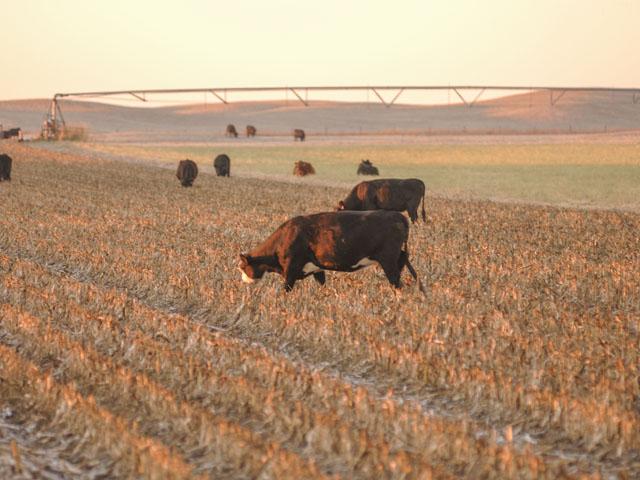Ask the Vet
Treatment for a Lame Cow
READER QUESTION:
We have a cow that turned up lame on one of her front feet. When we got her up, we noticed a large growth between her claws that was infected. It did not look like foot rot. We gave her long-acting tetracycline, and she got better for a while, but now she is lame again. What do we need to do for her, and do you have any thoughts about what this might be?
P[L1] D[0x0] M[300x250] OOP[F] ADUNIT[] T[]
DR. MCMILLAN'S ANSWER:
This sounds like what is commonly called a corn or interdigital fibroma. It may have started as foot rot, but some chronic irritation has led to an overgrowth of tissue between the claws. Often, this can be from exposure to muddy, contaminated areas or from hard, rocky ground or stubble.
Cattle with poor conformation (especially hoof conformation) or those that are over-conditioned or heavy may be more likely to develop interdigital fibromas. Where the toes tend to splay out, we see long hooves trap more manure between the toes. This seems to be most common in the rear legs, and I have seen it more in bulls than in cows.
While small fibromas that do not cause problems may require no treatment, large ones that are infected may need to be surgically removed. This surgery is best done with the animal on its side on a table or under anesthesia, so the veterinarian can clearly see the area and avoid cutting important ligaments that could make the problem worse.
After removal, your veterinarian will often wire the claws together to remove pressure on the surgery side. The wound will be bandaged, and it may have to be changed several times. Healing time can range from one week to several weeks, during which time the animal must be kept in a clean, dry environment until the bandages are removed.
Prevention should focus on good hygiene and hoof care. Fibromas from poor conformation will often come back. There is evidence that these may be heritable. If this is suspected, these cattle should be culled or used only in terminal crosses. Bulls should almost always be culled since problems in their calves may not show up for years after the bull is gone.
**
Write Dr. Ken McMillan at Ask the Vet, 2204 Lakeshore Dr., Suite 415, Birmingham, AL 35209, or email vet@progressivefarmer.com.
(c) Copyright 2022 DTN, LLC. All rights reserved.






